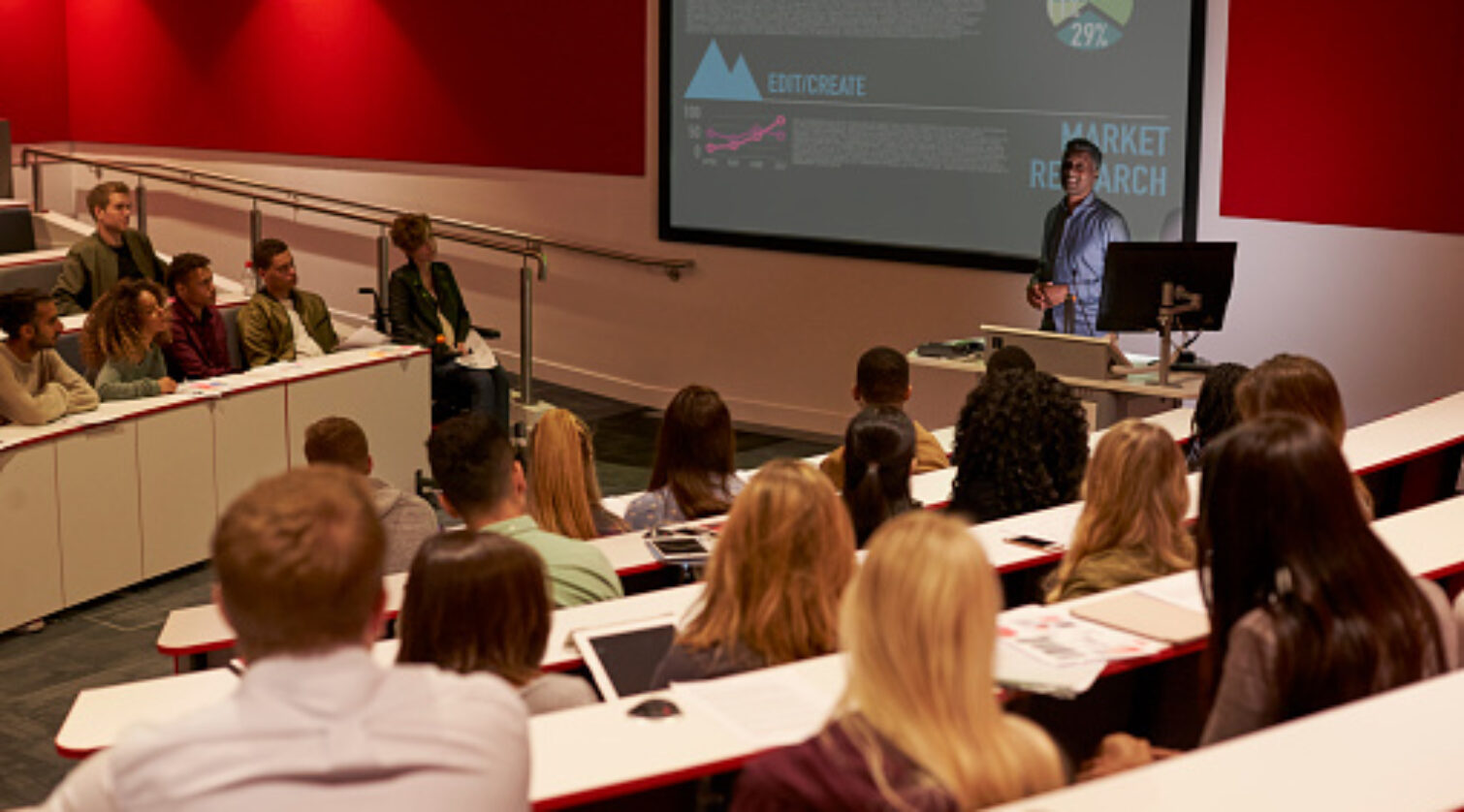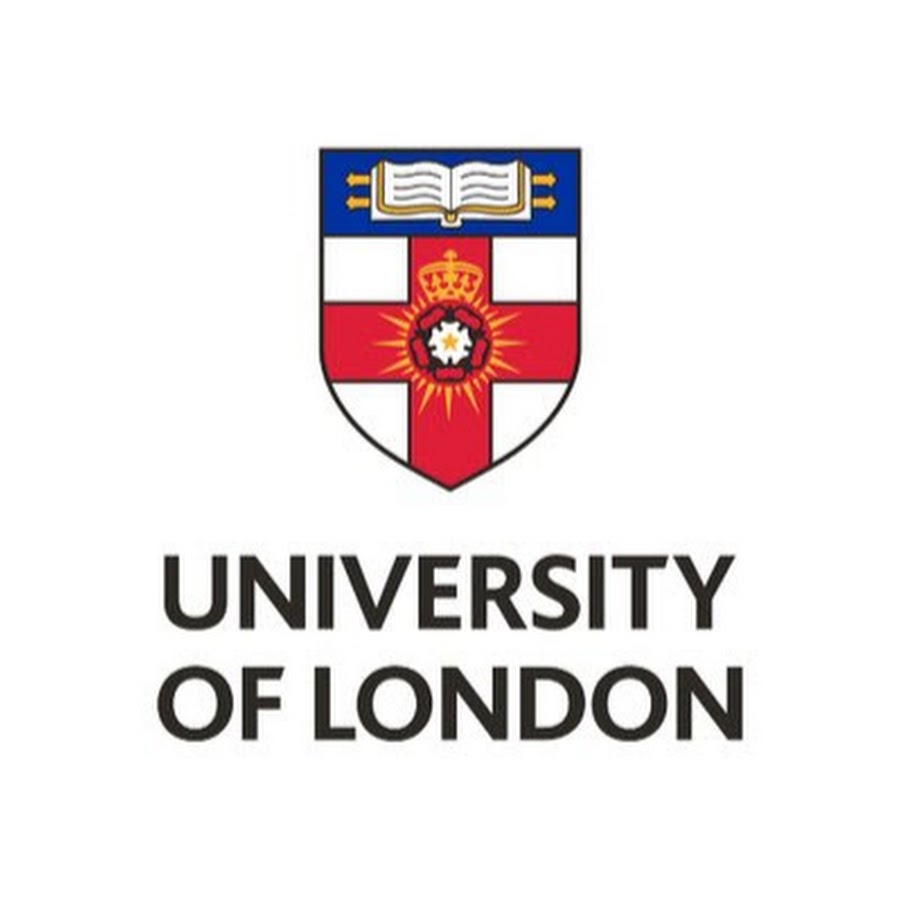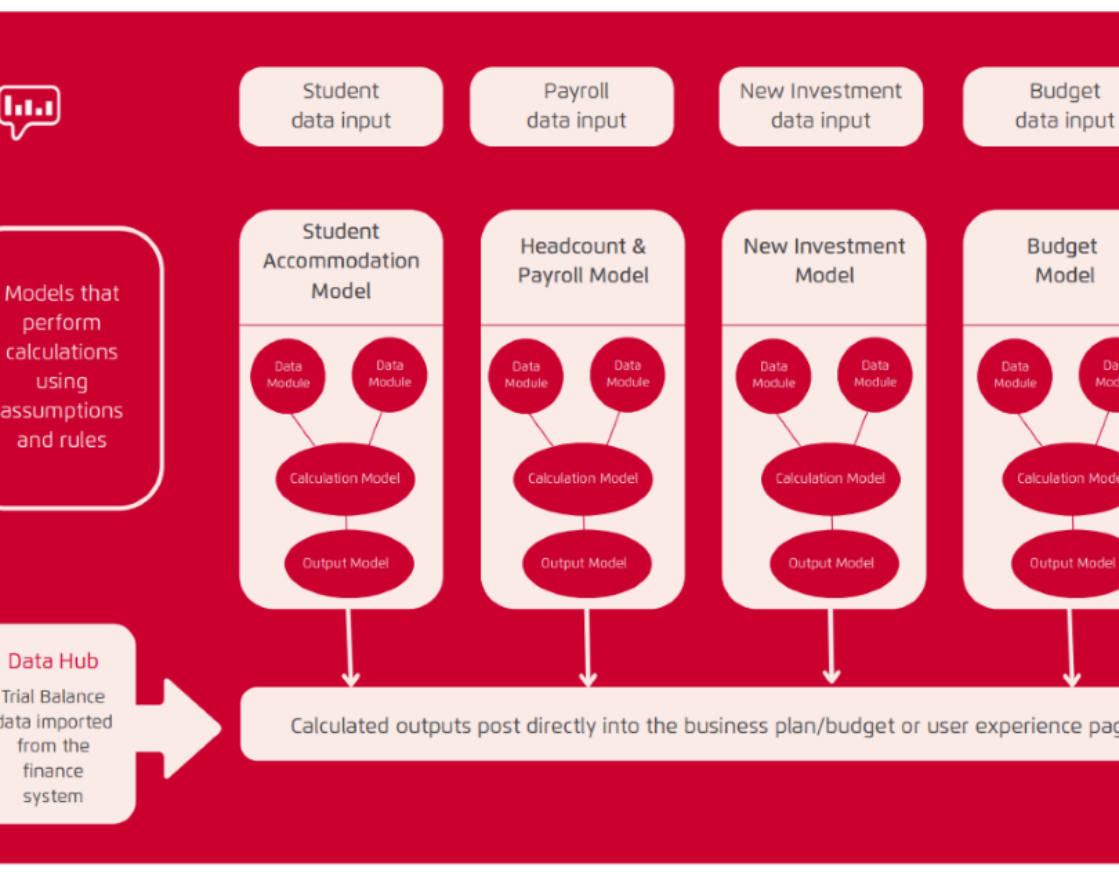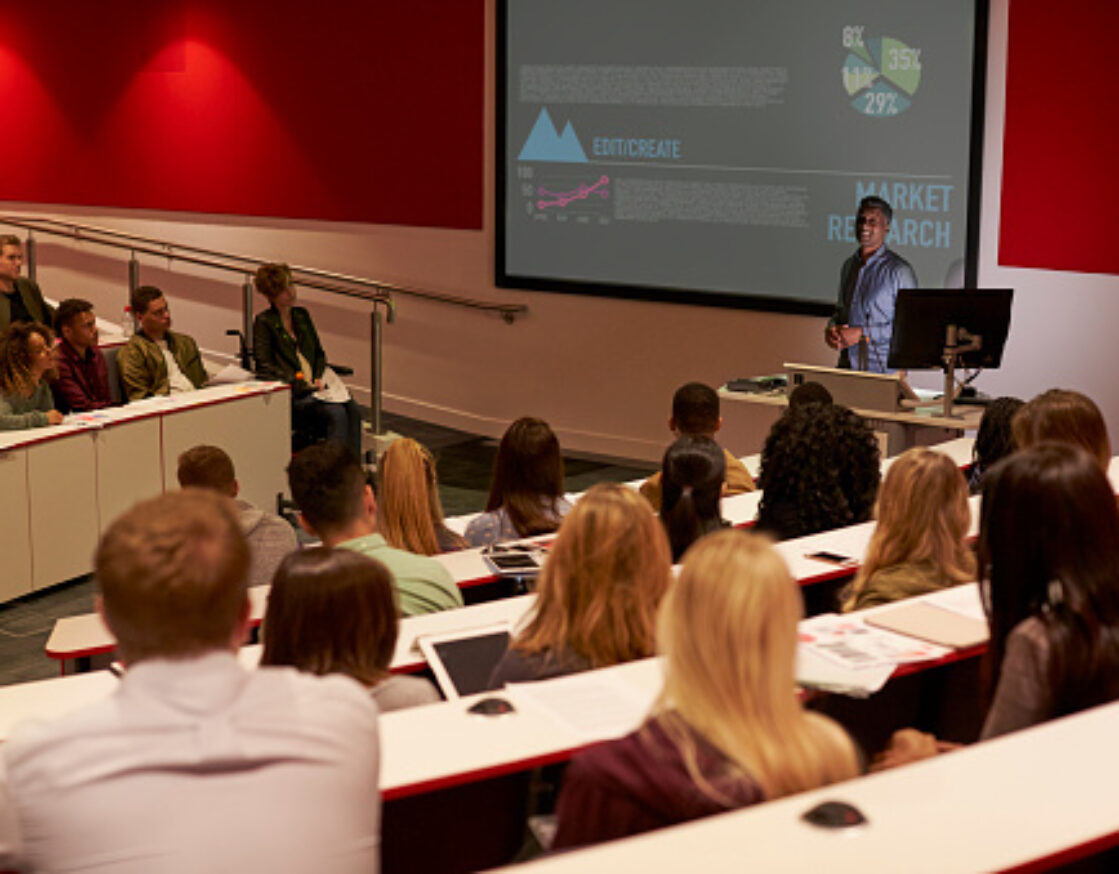The Institute of the Motor Industry


Introducing the University of London:
Founded on the ideals of inclusivity, diversity and collaboration, the University of London is a pioneering institution committed to increasing access to education, championing research excellence and delivering social good. As one of the world’s leading universities, the school is internationally recognised for its academic excellence.
The challenge:
Effective management of a diverse range of income generators
The University has a range of completely different income generators that include being an online education provider, a research hub, a property business and an events business. The finance team had skilfully managed business planning at the University, however it had become increasingly complex due to the diverse businesses that operate under it.
The University is comprised of a huge estate of more than 150 properties predominantly in the capital. The prime real estate can be a great income generator, but as the buildings require refurbishment they need to go in and out of management as they are brought up to date. A solid business plan is required to manage the portfolio effectively. Building a 10-year view, particularly as property projects involve quite lengthy construction projects would allow the University to manage income and cashflow.
The complexity demanded a planning solution beyond the capabilities of Excel. A new solution beckoned. Amongst the experienced finance team, a common understanding was established that the University needed a connected planning solution, Anaplan.
“Partnering with Sempre to implement Anaplan has completely changed the way we plan. The agility of the tool, combined with Sempre’s expertise, means we can test ideas mid-year, respond faster to change, and give stakeholders insights they’ve never had before.”
What Happened:
Like most universities, the University of London is working hard to stay ahead of the competition and is working to maintain or grow their market share. It’s critical to ensure that any rising costs such as increased cost of living, or inflationary pressures, can be absorbed by an additional income or where possible from reduced expenditure.
In the past, the finance team had used Excel to budget, plan and forecast, however the risks of using the platform for such a complex exercise include, data loss, version control, hard coded data and the inherent risk of sharing the documents via shared files and via email.
The Finance team at the University of London recognised the shortcomings and devised four models to be built in Anaplan that would help them achieve their strategic aims, channel investments, track and report income and make appropriate cost cutting decisions and importantly reduce risk. The four models covered student accommodation, headcount and payroll, new investments and budgeting. The accommodation module includes the room types, numbers of rooms, number of students enrolled, and length of stay. Properties can be switched on and switched off depending on whether they are being refurbished. The calculated outputs of each model post directly into the business plan and budget.

The models are all connected and as such adjustments in one area feed through to the other models. During business planning, updates to assumptions are made in each of the models individually and when a budget has been completed satisfactorily, it is copied over to the business plan as year one numbers. From that point the model will
apply the assumptions to these numbers allowing for each individual business owner to check if the overall business plan makes sense. At the university it means that five different finance teams working on five different areas of the business can all work
on their budgets at the same time and their adjustments are all realised in the master budget. This is a huge benefit of working with a connected planning model such as Anaplan.
“The tool is incredibly agile which means it can be picked up for specific modelling or for
a strategy day that might be midpoint of the year and you can easily put ideas into it and test how they would impact the budget. This would just be so much work in Excel.”

The Dangers of Excel:
When models grow too big, how can you trust the output?
Sam Horne joined the University of London in 2023. She reflected on a time early in her tenure, 24 hours before the team had to send the long-term plan to the board, when the changes made in Excel did not appear to be flowing through the model. The team had been inputting last minute changes to tweak areas of the plan but as millions of pounds worth of cuts were put in, nothing was happening to the bottom line. The team were baffled and scratching their heads looking for the error within the calculations. Finally, an
hour before the deadline Excel crunched into life giving the team the numbers required. In Sam’s words,
“The experience exemplified to me why it’s so crucial to move off Excel, because there is a risk that outputs are incorrect and we could make the wrong decision.”

Empowering Decision-Making with Data
“With a tool like Anaplan, you can give stakeholders across the
university so much more insight that they’ve never had before. They’re
much closer to their own numbers, and this visibility drives significant
cultural shifts towards more financially disciplined approaches across
the entire university.
Beyond reducing risk, planning tools allow business leads alongside
finance and planning teams to add to the models over time. These can
include student accommodation, resource projects, in-year cash-flow
forecasting, balance sheets, capital projects and food, drink, and
entertainment, and so on.
Outside of the Finance Team workforce planning is now seen as a
critical piece of the jigsaw with reduced numbers of available staff
covering multiple roles, maximising utilisation is key. If fully integrated
planning is put into place, each model added to the system can add
more value.
The result allows Finance Teams to shift from a reactive stance to a
proactive approach and institutions like the University of London to
anticipate future scenarios and plan accordingly. This shift is crucial in an
era where financial sustainability is closely linked to an institution’s
ability to adapt and innovate.








